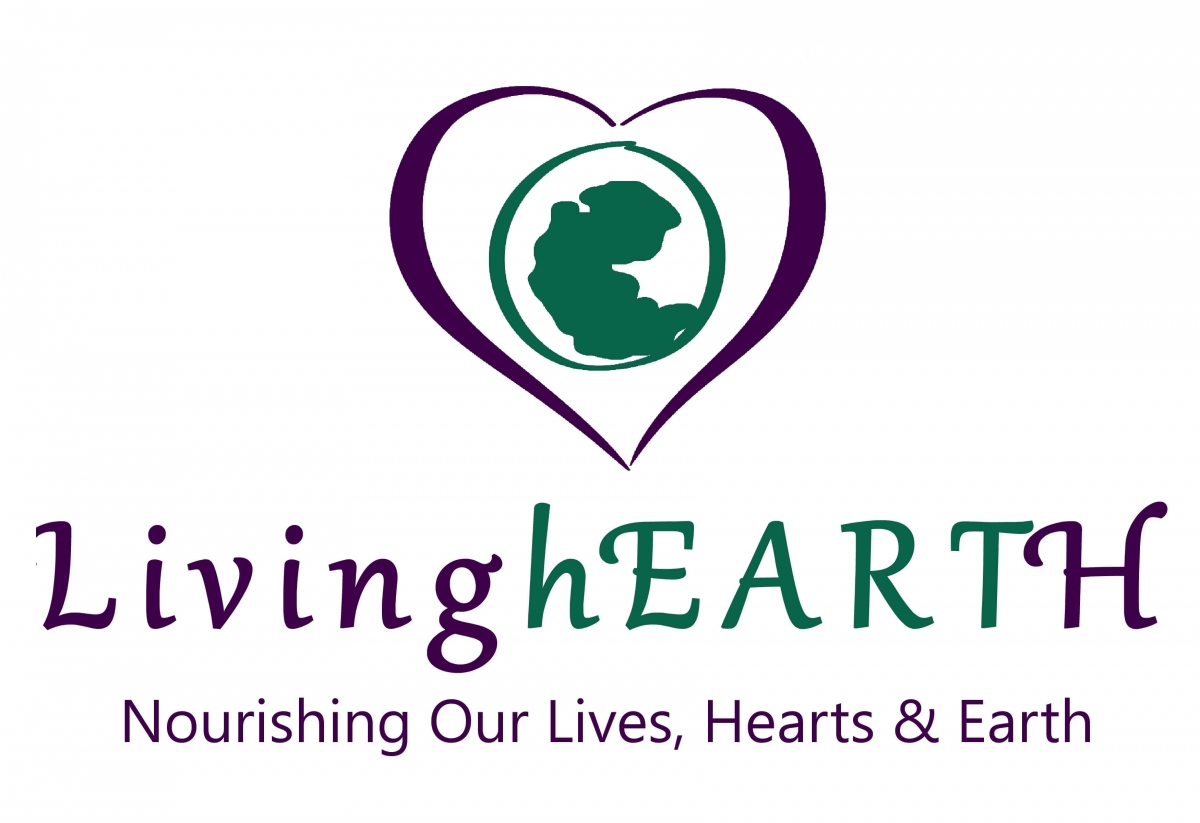I've been training a team of four teacher trainers and two agronomists to replicate a 5-day training that I've designed for AMURT called “Creating My Community”. After doing five days of “pre-training” with them, we are now training a larger group of almost 40 participants. In “Creating My Community”, we are focussing on three design principles from permaculture (multiple functions/stacking functions, multiple connections/beneficial relationships, and starting small) as well as the concepts of universal needs and multiple strategies to meet our needs, which come from Nonviolent Communication.
I think one of the main challenges has been conveying that these tools can be applied to every area of our work (and our lives for that matter). The design principles, at their simplest, are encouraging folks to be creative and to find multiple functions for any waste material, such as plastic bottles and food scraps. We've talked about using plastic bottles to start seedlings and for mini drip irrigation; to make art, jewelery and toys; to teach students about math, shapes and colours. I truly believe that one of our key tools is our own creativity! We've talked about having two containers in the classroom to separate food scraps from plastic. Especially knowing that classroom supplies can be scarce, I find it heartening to think that the waste stream can become a resource to them.
More importantly, however, I think the teachers, agronomists and community animators (facilitators) are seeing new possibilities for working together and in their larger communities. I described the Cité Soleil project (two local volunteers from the project are attending the training) and their intention to clean up and beautify the neigbhourhood and beach, creating new opportunities for tourism. We discussed the importance of awareness raising in tandem with any clean-up initiative; without collaboration from the local residents, any clean-up work would very likely be undone in a matter of days or weeks. The teachers could help get the message out to students and parents. Locals could be trained by agronomists to grow a variety of plants for food, “small” wood for efficient rocket stoves, and bamboo to deal with humanure (which in many sites here is a waste material and poses a health risk).
In one exercise, we created a list of resources (including “garbage”) for a site called Cineas, where there is a school, a garden and a kitchen. After identifying all the resources that are renewable (on the site) and free or abundant, one of the teachers noticed that practically none of the classroom materials were renewable or free. He also noticed that almost everything in the garden was renewable. This led us to a discussion about how the teachers and the agronomists could work together to find more materials from the garden that could be used in the classroom. We talked about how we could write on or cut shapes out of banana leaves; how some plants can be used to make baskets and rope; and how other plants can be used for natural dyes.
Similarly, we talked about collaboration between the animators and the agronomists in Cineas and Source Chaude where AMURT has tree nurseries. In Cineas, the agronomists have already been working alongside the animators, giving weekly workshops to camp residents. To help get the gardens started, the team had been purchasing compost to give to the residents. We discussed possibilities for simple exchanges with the residents. For example, residents could bring a bucket of food scraps in exchange for a quarter bucket of compost, or they could collect 30 or 40 plastic water bags (which can be used to start seeds in the nursery) in exchange for one seedling.
In our training, we are encouraging more exchange, mutual support and beneficial connections within our teams and local communities. As I see diverse groups of people coming together from different places and with different professional backgrounds, talking together about raising environmental awareness, cooperative ways of dealing with conflicts and building community capacity, I'm understanding that this training has been valuable to people. And more importantly to me, it sounds like the learning, the exchange and the vision will continue, long after I'm back home in Canada.


Add new comment